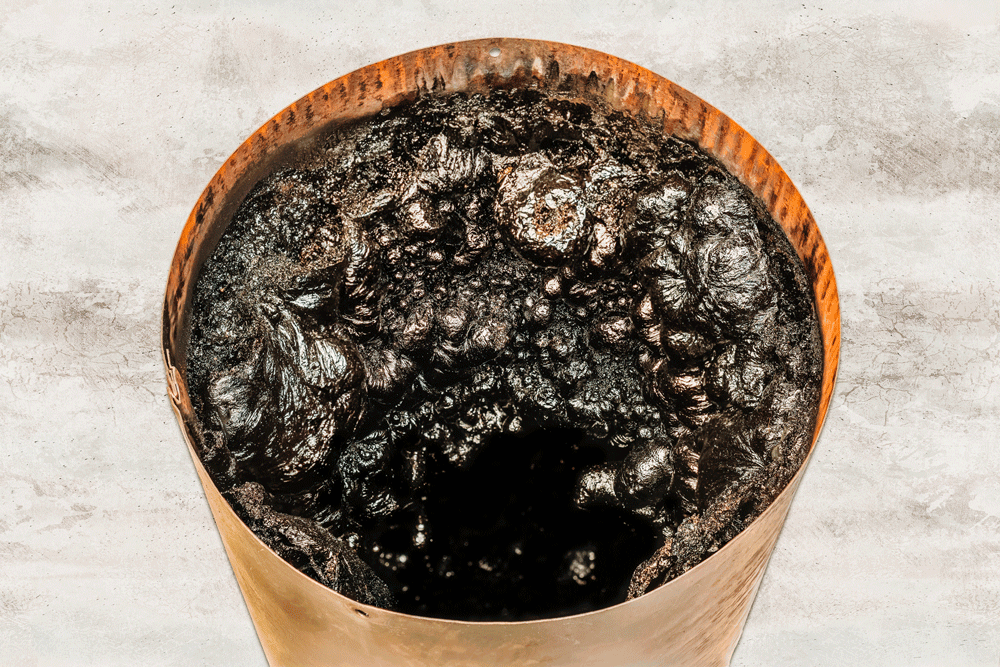CHIMNEY TIPS
CREOSOTE: THE HIDDEN HAZARD LURKING IN YOUR CHIMNEY
August 28, 2024

What is Creosote?
Creosote is a thick, tar-like substance that forms as a byproduct when wood is burned in your fireplace or wood stove. It starts as a vapor but condenses as it rises and cools within the chimney, sticking to the interior walls. Over time, layer upon layer of creosote builds up, hardening into a highly flammable material. Even though it may appear harmless, creosote is a silent danger that accumulates out of sight, making it easy to overlook until it becomes a severe problem.
Creosote comes in different forms, each more dangerous than the last.
- Stage 1: Fine, soot-like powder that is relatively easy to clean.
- Stage 2: Thickens into a hard, crusty tar that becomes more difficult to remove.
- Stage 3: Hardened, glossy substance that is extremely tough to remove and highly flammable, posing a significant risk of causing chimney fires.
How is Creosote Formed?
Creosote forms when the byproducts of burning wood—such as smoke, vapor, gases, and unburned wood particles—rise through the chimney and cool down as they reach the upper areas. As these byproducts cool, they condense on the inner walls of the chimney, leaving behind a sticky residue that begins the formation of creosote. This process is especially accelerated when burning wet or unseasoned wood, as these produce more moisture and smoke, contributing to faster creosote buildup.
Several factors can increase creosote formation, including poor ventilation, low burning temperatures, and restricted airflow. A weak chimney draft prevents smoke and gases from escaping efficiently, leading to more condensation. Low-burning fires, often caused by burning green wood or smoldering flames, also produce incomplete combustion, resulting in higher levels of creosote. Over time, these deposits build up layer by layer, creating a significant fire hazard if not regularly cleaned out.
The Dangers of Creosote
1. Chimney Fires
2. Carbon Monoxide Poisoning
3. Respiratory Issues
How to Prevent Creosote Buildup
1. Annual Maintenance
2. Burn Dry, Seasoned Firewood
3. Proper Ventilation
Key Takeaways:
- Creosote is a highly flammable substance that can cause chimney fires if left unchecked.
- Creosote buildup can block proper ventilation, leading to carbon monoxide inside your home.
- Preventing creosote buildup is simple: schedule an annual chimney inspection, burn only dry, seasoned wood, and maintain proper ventilation.
SCHEDULE A CHIMNEY SWEEP
Whether you have questions, need assistance, or just want some advice, we're here to help. Fill out the form and let us know how we can assist you.
